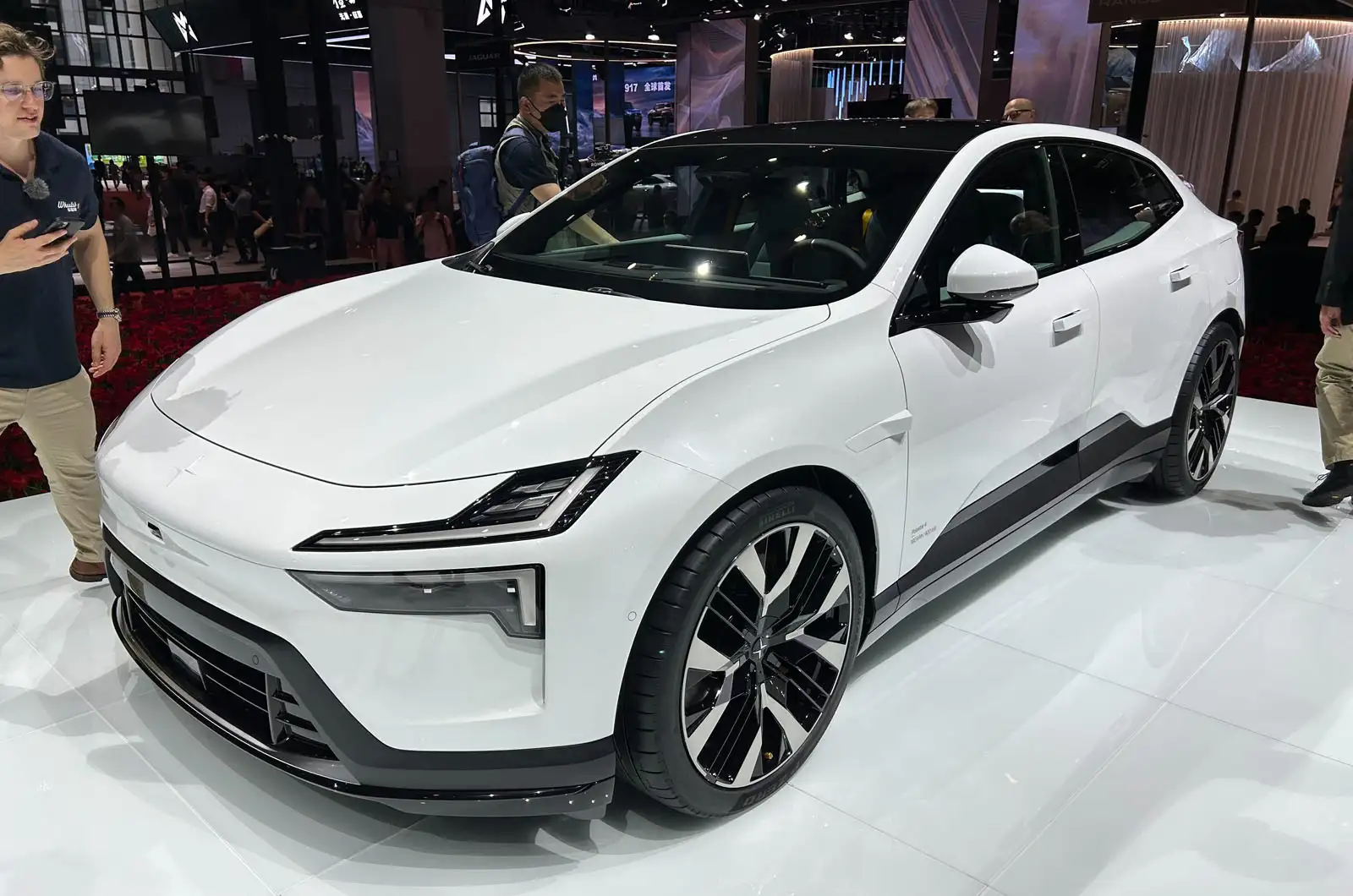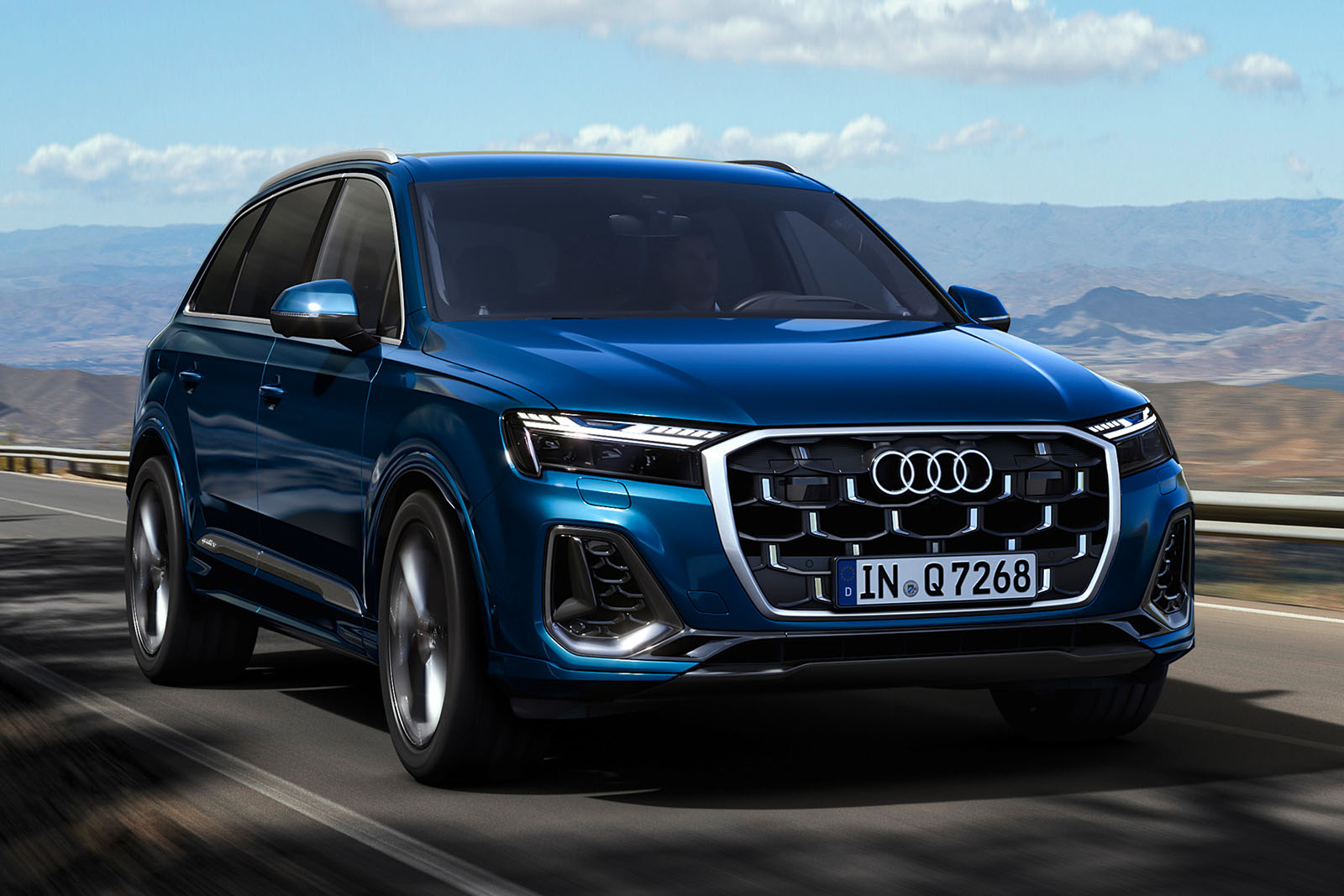Production takes place at Geely’s SEA factory in Hangzhou Bay, which uses both solar and hydroelectric power and is said to employ production techniques that reduce emissions, such as low-carbon aluminium for smelting.
Fredrika Klarén, Polestar’s head of sustainability, said: “To support our net zero goal, we set carbon budgets for all our cars. Throughout the product development of Polestar 4, its carbon budget has influenced everything from material choices to factory energy sources. Sharing the LCA enables us to show that we can strive for net zero.”
The firm has published individual CO2 figures for each specification of the 4, with the entry-level standard-range car producing 19.4 tonnes, the long-range car 19.9 tonnes, and the top-rung dual-motor car 21.4 tonnes. That makes it more carbon efficient than a Volkswagen ID 3.
When it arrives next year, the 4 will join the Polestar 3 SUV as one of the firm’s bespoke offerings, in contrast to the Volvo-based design roots of its first two models, the 1 and 2.
Like the £78,900 Polestar 3, the rakish, electric-powered 4 is positioned as a premium model to rival the likes of Porsche, BMW and Genesis. As such, it will be priced between £50,000 and £65,000, depending on whether a single- or dual-motor powertrain is chosen.
A focus on maximum range has shaped the design, according to head of Polestar design Maximilian Missoni. This is due to the positioning of the header rail, which most cars have and is sited around the rear roof area to add rigidity and strength to the vehicle’s structure. Notably, it will not come with a rear window.
The rail’s position is pivotal: lower it too much to ensure a slippery vehicle and the rail impedes head room, but keep it high for more interior space and it impacts performance by affecting aerodynamics.
Polestar’s solution for the 4, which is based on Volvo/Polestar’s largely aluminium PMA platform, is to both lower the header and move it behind the rear passengers’ heads. Doing so sites the header rail where the rear window would normally be, so a roof-mounted camera now aids rear visibility in lieu of the rear glass. The 4’s drag coefficient is 0.269. The Tesla Model S’s, for comparison, is 0.208.




